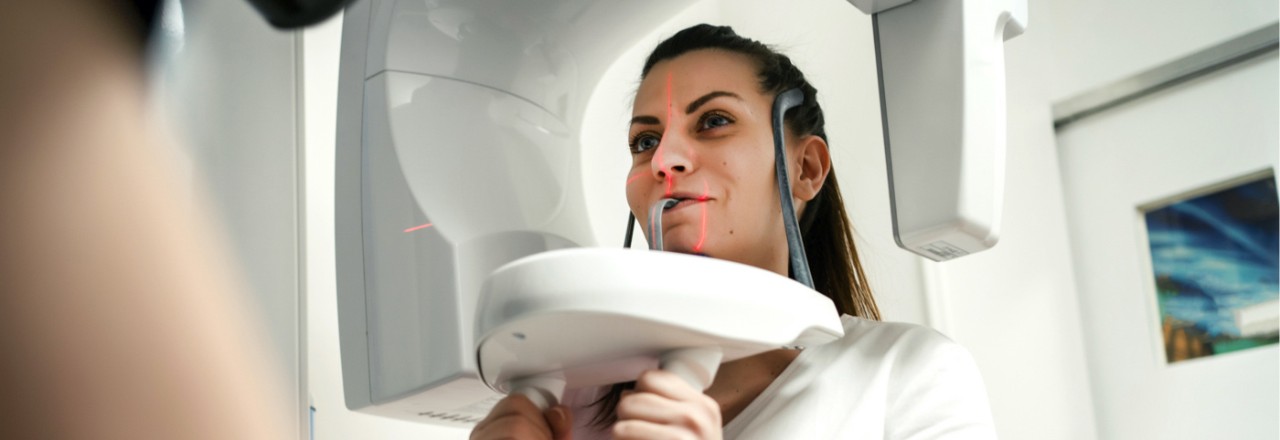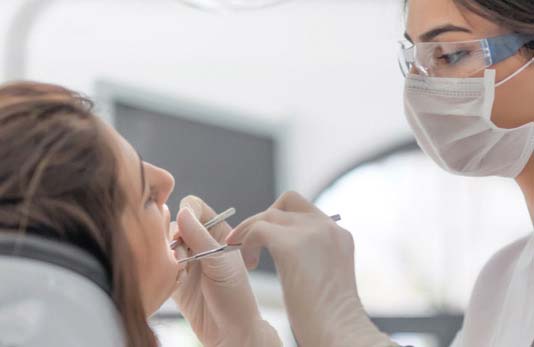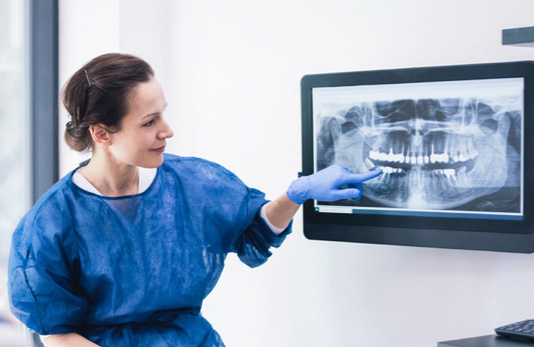All about x-rays

What dental issues do you have that are hidden or too small to see? Dental x-rays can tell you.
X-rays can show the condition of your teeth, their roots, your jaw placement and the overall composition of your facial bones. X-rays can also help your dentist determine the presence or degree of gum disease, cavities, abscesses and abnormal growths like cysts and tumors. X-rays also can show the exact location of impacted teeth and teeth that have not yet fully developed.
Here are answers to some common questions about x-rays.
Dentistry decoded: Dental x-rays
Why does your dentist take x-rays of your mouth? Here's the answer.
How often do I need to have x-rays taken?
X-ray schedules are customized to fit your individual needs. If you are a new patient, your dentist will typically take x-rays to evaluate your oral health and track it during future visits. If you've changed dentists and recently had x-rays taken, you can ask to have your records sent to your new dentist.
What kind of x-rays are there?
Here's a list of the most common type of x-rays dentists take.
- Bitewing. These require patients to hold or bite down on a piece of plastic with x-ray film in the center. Bitewing x-rays typically determine the presence of decay in between teeth – one of the most common areas where decay-causing bacteria reside.
- Periapical. These x-rays show an entire tooth, including the roots. With periapical x-rays, dentists evaluate a particular tooth's root structure and bone level. These x-rays can also detect cysts and abscesses.
- Panoramic. Panoramic x-rays let your dentist to see your whole mouth, including your upper and lower teeth and parts of your jaw, in a single image. This gives him or her a clear image of any issues that may be harder to see up close. Panoramic x-rays can help predict children’s tooth development and may show complications with a teenager’s wisdom teeth before they erupt.
- Occlusal. These x-rays show an entire arch of teeth, meaning either your top or bottom jaw. They let your dentist check tooth development and placement.
Why might I need more than one type of x-ray?
Different types of x-rays give your dentist an overview of different parts of your mouth. For example, panoramic x-rays give your dentist a general comprehensive view of your entire mouth on a single film, while bitewing or periapical x-rays show a detailed image of a smaller area, revealing decay or cavities between teeth. If your dentist needs both these vantage points to assess a problem, he or she will likely conduct multiple x-rays.
Should I be concerned about exposure to radiation?
All health care providers are sensitive to patients' concerns about radiation. Your dentist has been trained to prescribe x-rays only when they are appropriate, to tailor their frequency to your individual needs and to make sure you're protected when you get x-rays. Such protection includes physical barriers, such as covering your body with a lead apron to minimize radiation exposure and using a leaded thyroid collar to protect your thyroid.
By using state-of-the-art technology and staying knowledgeable about recent advances, your dentist knows which techniques, procedures and x-ray films can minimize your exposure to radiation.
Last updated February 11, 2022
Related articles:
The oral health information on this website is intended for educational purposes only. Always consult a licensed dentist or other qualified health care professional for any questions concerning your oral health.


